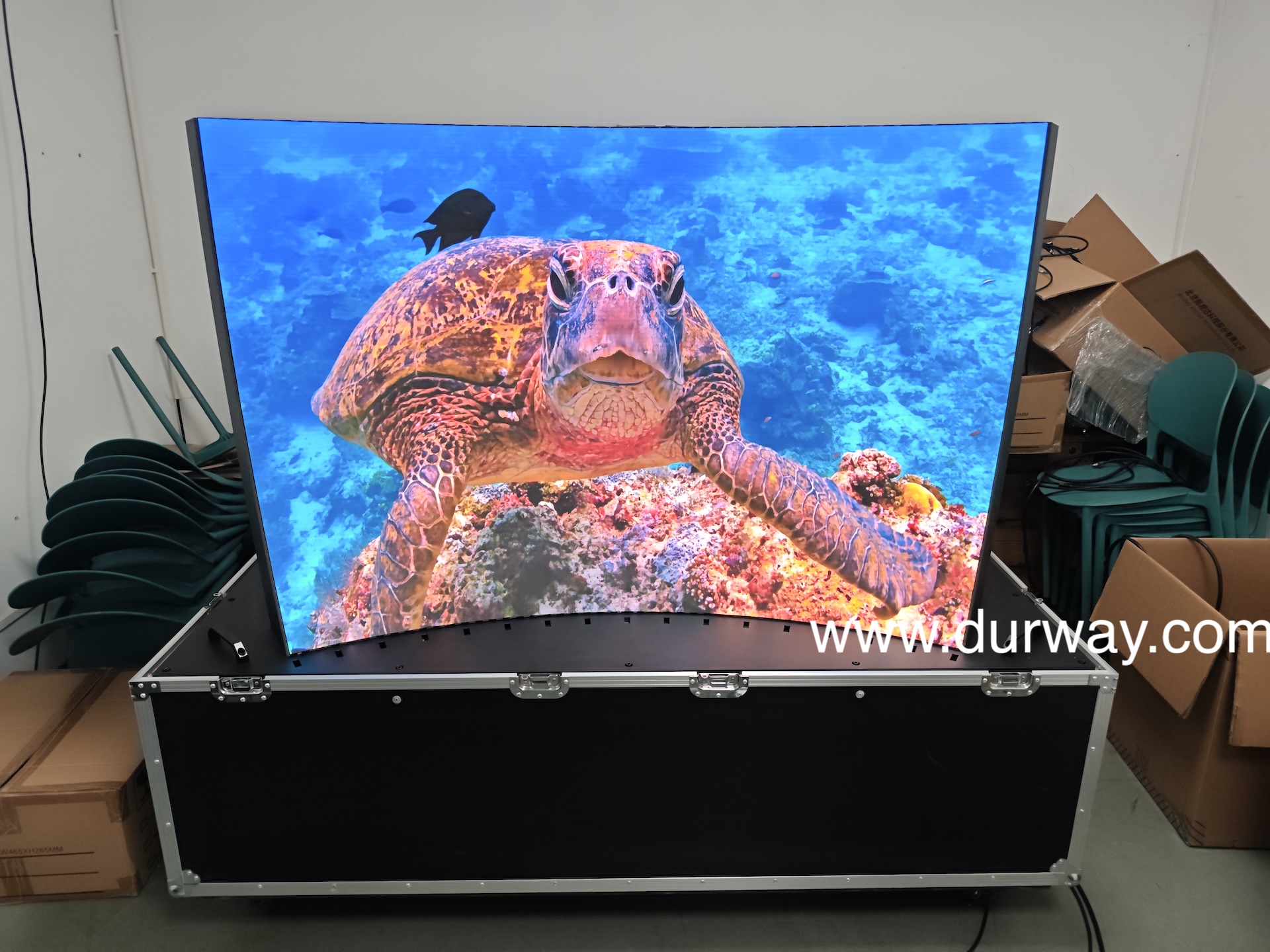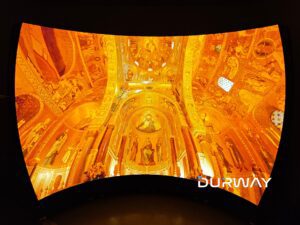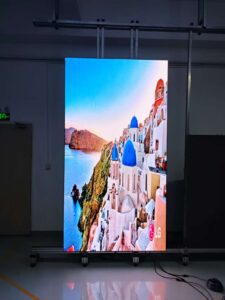What is a desktop simulator?
A desktop simulator is a compact training system that replicates the real-world controls and visuals of complex machinery or operations on a desk-mounted setup. Instead of a full-scale cabin or dome, trainees sit at a workstation with authentic controls, multiple displays, and simulation software to practice procedures, decision-making, and emergency responses in a safe, repeatable environment.
Compared with large, full-mission simulators, a desk simulator is more affordable, easier to install, and ideal for early-stage training, rules and procedures training, and remote or distributed learning.
How a Desktop Simulator Works
Most professional desk simulator systems share a similar architecture:
Control desk or console – Hardware that mimics real controls (joysticks, levers, pedals, touch panels, keyboards) laid out on a desk or compact frame.
Visual display system – One or more monitors or LED screens that render the simulated environment, dashboards, alarms, and camera views.
Simulation software – Physics-based, scenario-driven software that recreates operations, failures, procedures, and environmental conditions.
Instructor or supervisor station – An additional PC where trainers can start exercises, inject faults, monitor performance, and review debrief metrics.
Because everything fits on or around a standard desk, these simulators are commonly deployed in classrooms, training centers, and even offices where space is limited.
Typical Use Cases for Desktop Simulators
Desk simulators are widely used across safety-critical and industrial sectors:
Rail and metro driver training
Rail training providers use “desk simulator” configurations to teach rules, signaling, and route knowledge before moving trainees into replica cabs. These units run on the same software as full-cab simulators but with a more compact control desk and screen setup.
Power plant and nuclear operations
Nuclear power training centers deploy desk simulators as auxiliary facilities to their full-scope simulators. Large display panels and touch-screen VDUs enable operators to rehearse procedures and respond to abnormal events in a classroom setting
Vehicle and crane operation
For truck, crane, and port equipment training, desk simulators help trainees learn energy-efficient driving and remote crane operation at a desk before they step into a motion-based full cabin.
Help desk and IT support training
In software and IT operations, “help desk simulator” platforms reproduce realistic customer support scenarios so agents can practice handling incidents, tickets, and escalations without risking real-world service levels.
In all these cases, the desk simulator helps organizations scale training, standardize procedures, and reduce risk and cost compared with training only on live equipment.
Desktop Simulator vs Full-Mission Simulator
Both types of simulators are valuable, but they serve slightly different purposes:
Desktop simulator
Compact, classroom-friendly footprint
Lower hardware and maintenance costs
Ideal for rules, procedures, and system understanding
Suitable for early-stage and refresher training
Easy to deploy in multiple locations
Full-mission or full-cab simulator
1:1 replica of the cab or control room
High immersion (often with motion platforms and wrap-around visuals)
Best for advanced skills, muscle memory, and complex emergencies
Higher investment and facility requirements
A modern training strategy usually combines both: start with desk simulators for theory and procedures, then progress to full-mission simulators and, finally, real equipment.
Why Visual Systems Matter: LED-Based Desktop Simulators
The visual quality of a desk simulator has a direct impact on training realism and knowledge transfer. Traditional setups often use standard LCD monitors, but many organizations are moving toward LED-based visual systems for both desk and full-scale simulators.
High-performance LED displays offer:
High brightness and contrast – Ensures visuals remain clear even in bright classrooms or control rooms.
Seamless, modular layouts – Multiple LED cabinets can form ultra-wide or curved visuals around a desk, improving peripheral vision and immersion. durway.com
Low latency and high refresh rates – Critical for fast-moving scenarios (driving, flight, crane operation) and camera-based training.
Long life and reliability – LED technology is robust and well-suited for 7×24 training operations, reducing downtime and replacement cycles. durway.com
Durway, for example, designs LED simulator displays specifically for training and education, delivering seamless, high-brightness visuals tailored to flight, military, and industrial simulators. durway.com
Key Features to Look For in a Desk Simulator
When evaluating or designing a desk simulator system, training managers and integrators should consider:
Realistic control interface
Control layout similar to real equipment
Feedback (resistance, detents, haptics) where relevant
High-quality, configurable visual system
Support for multiple screens or LED panels
Adjustable fields of view for different training profiles
Consistent color and brightness over time
Scenario authoring and content flexibility
Ability to create custom scenarios and failure modes
Support for different equipment types or models on the same desk
Performance tracking and analytics
Automatic logging of trainee actions
KPIs such as response time, violations, energy efficiency, and procedural adherence
Scalability and interoperability
Options to connect multiple desk simulators for team training
Compatibility with full-mission simulators and external systems (LMS, debrief tools, etc.)
Serviceability and lifecycle support
Modular hardware (both controls and display)
Vendor support for upgrades, repairs, and calibration over many years
How Durway’s LED Solutions Enhance Desk Simulator Training
Durway specializes in immersive LED displays for domes, spheres, and simulators, enabling both full-scale and desk-based training environments. Our LED simulator displays are designed for: durway.com+1
Industrial and energy training – Control-room style desk simulators for process plants, offshore operations, and utility operators.
Aviation and transportation – From compact pilot or driver desk stations up to full dome and 360° spheres powered by high-resolution LED. durway.com+1
Defense and mission-critical training – High-brightness, reliable LED visual systems that support long training hours and demanding environments.
By pairing desk simulator control stations with Durway’s LED visual systems, training organizations can:
Start with cost-effective, desk-based training
Reuse the same visual technology as they scale to larger domes or multi-channel simulators
Maintain consistent visual quality and performance across their entire simulator fleet
If you are planning or upgrading desk-based simulation—whether for driving, crane operations, control rooms, or advanced education—LED-based visual systems give you more realism, flexibility, and long-term value than traditional displays.
To explore how LED simulator displays can support your next desk simulator or full-mission project, visit:
https://durway.com/led-simulator/








